
After hearing the Sennheiser Ambeo soundbars for the first time earlier this year, I was thrilled when the German company told me recently that they had a newer, smaller version – the Ambeo Soundbar Mini – for us to try out.
So, I grabbed the chance and got the new soundbar hooked up to my TVs at home. In the past week or so, I’ve never been more consumed and excited by the movies and TV shows on screen. Punching above its weight is a term often used but in the case of the Ambeo Soundbar Mini, a truly apt and fitting one.
Okay, a step back first, if you’re not familiar with the Sennheiser Ambeos, the new “mini” version is the smallest in the family, after its bigger brothers, the Ambeo Soundbar Max and Soundbar Plus.
The compact soundbar is simple in its design, with the a light bar that helpfully indicates how loud it is. Size-wise, it is no longer than a typical 55-inch TV and reminds one of the compact Sonos Beam soundbar that has been so popular.
Yet, I’d argue the Sennheiser can reach further and deliver even more absorbing and immersive audio. This is despite the small chassis affording less space to pack in drivers. Six are in here – four full-range speakers and two woofers for the low-range.
The two woofers point up, while the four full-range speakers point towards you and to the sides. Interestingly, none of the full-range speakers put up to bounce the audio back down from the ceiling.
Instead, the Sennheiser soundbar uses software to make the sound from the six speakers deliver audio that envelops the listener, or at least makes him think he is enveloped by 7.1.4 channels of sound.
To do this, it relies on a great room calibration application that essentially maps out your space and finds the best way to present the audio. Sennheiser here, I’d say, has done an outstanding job.
That’s because with movies that support surround formats, including Dolby Atmos, you hear such immersive sounds that you can easily imagine being in the scene.
Explosions hit with a forceful weight, bullets zip out of rifles and waves roll up with a heartpounding intensity that make you in awe that all these effects are coming from such a compact soundbar.
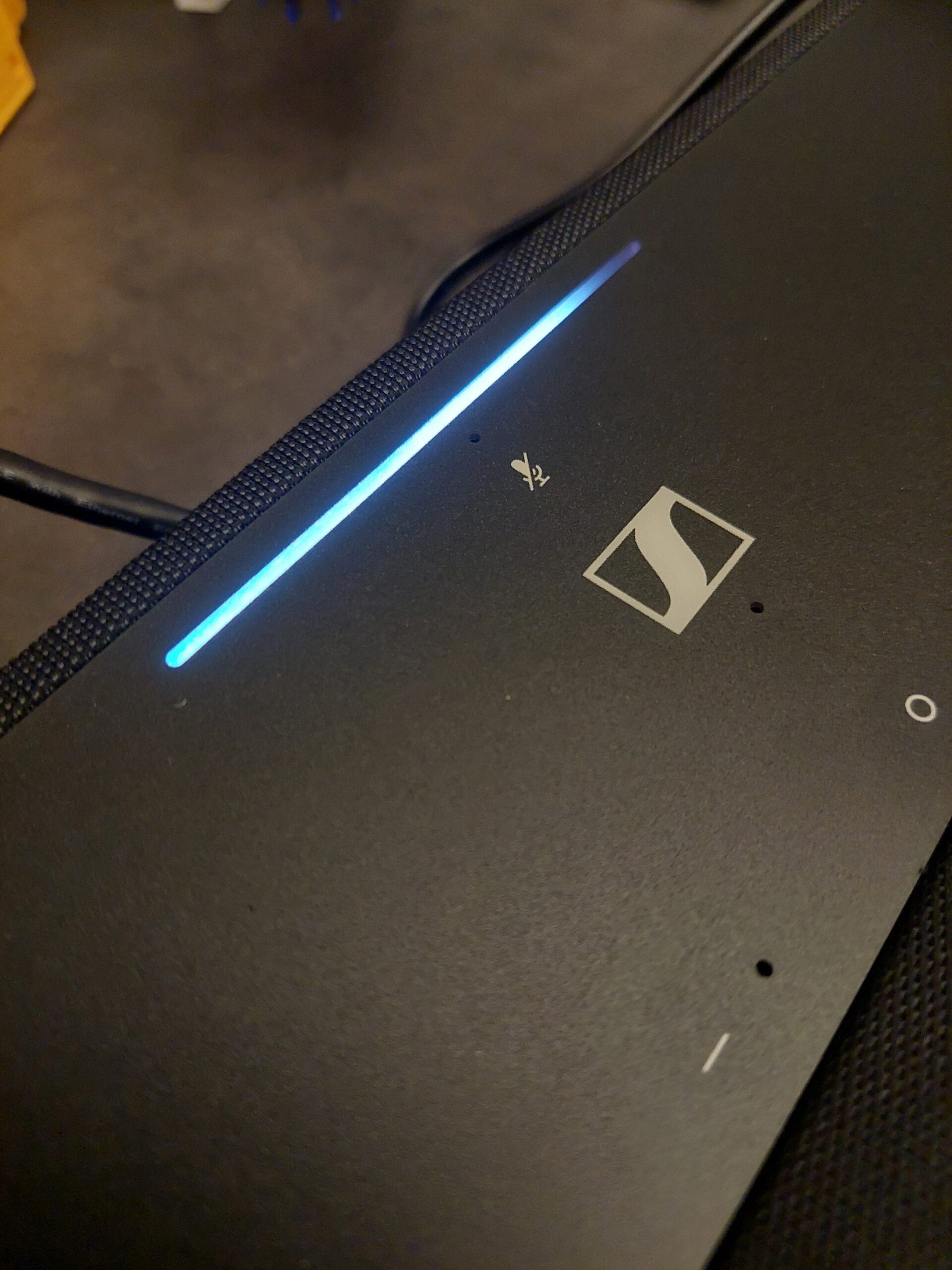
One of the most impressive scenes to test surround audio is the beachside scene in the movie Roma, on Netflix. The camera follows the protagonist, who wades into the sea to bring a couple of children back and you feel like you’re next to the characters struggling in the pounding waves. You sense the immediacy, danger and fear.
Another good showcase of Atmos is a brief scene in the movie Old Guard. As two characters walk into a town in France, a couple of planes fly low over their heads and the roar of the engines feels like they are right over your head.
Again, this is despite the speakers facing you directly. Here, the software along with the surround sound codecs are performing magic and fooling your brain into thinking the sound is coming from above.
During my tests, I also played the movie 65 on Netflix, and the roar of the dinosaurs throughout sounded menacing, including a jump scare here and there. The sound of falling rocks in one of the scenes also echoed the dread of being stuck in a cave.
Even with non-Dolby Atmos content, you can sense the Ambeo Soundbar Mini’s excellent audio delivery. In Inception, for example, the crazy-loud horns that dominate many of the scenes don’t lead to any annoying distortion or brittleness that might come with a lesser soundbar.
Perhaps the one scene that may trip up the Sennheiser soundbar a little is the one early in the movie, when Leonardo Dicaprio’s character gets dunked in a bath tub of water.
This slow-motion scene has some of the lowest and hardest-to-produce bass and the Ambeo Soundbar Mini, while competent, does seem a little short in terms of extension and slam. That’s no slouch, to be fair, because bigger speakers often have trouble with reaching that low as well.
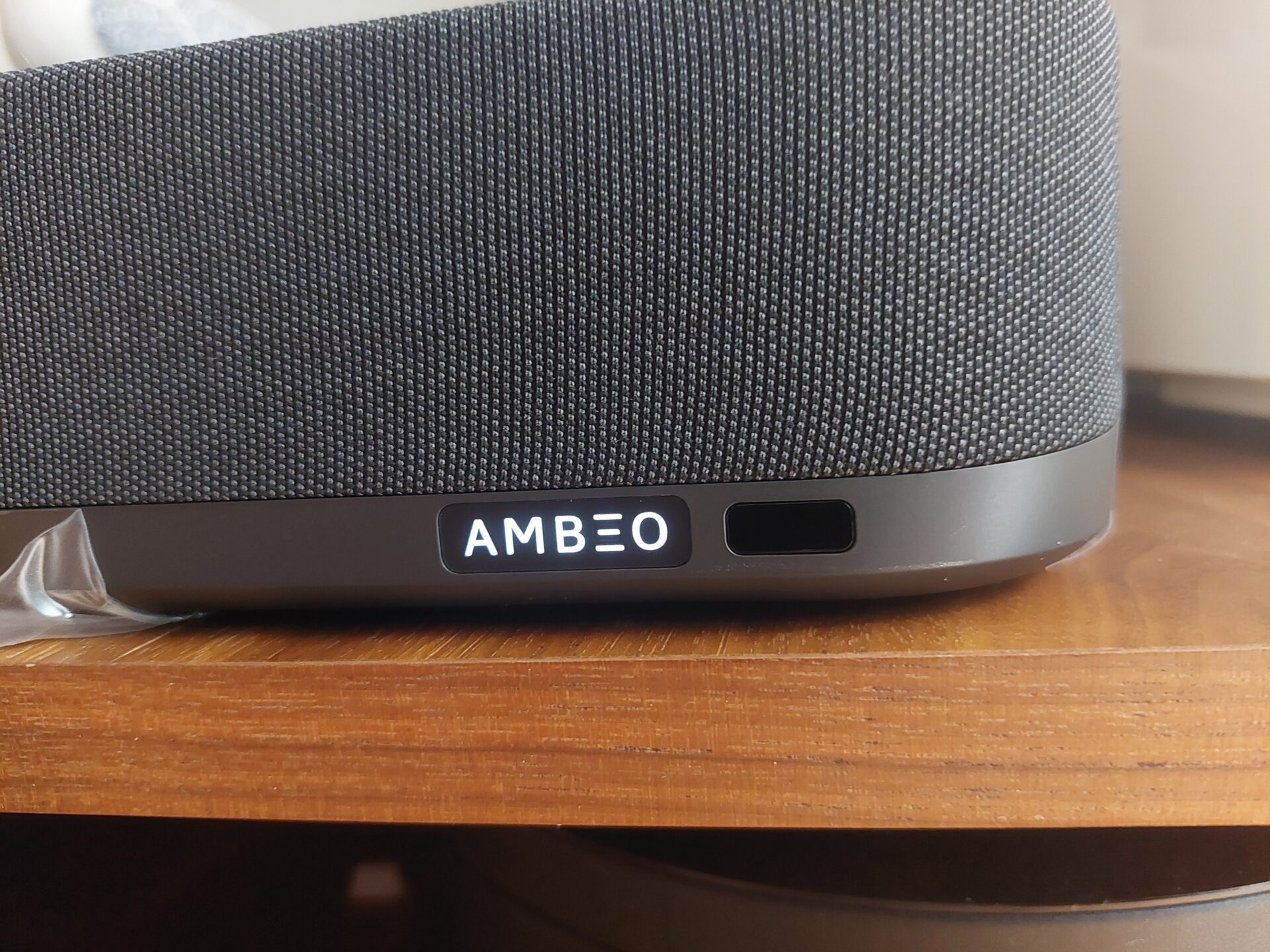
Besides the impactful sound, I also like the separation and clear dialog that the new soundbar brings. In busy scenes, say, the Mission Impossible: Fallout’s ending sequence, you clearly hear the music building up the tension as well as loud explosions and effects, along with dialogue between characters.
All the audio elements, thankfully, are distinct and well separated in such scenes, so you can enjoy all the loud effects without missing out on what the characters are saying.
On the whole, if you’re listening to the new Sennheiser soundbar in a small to mid-sized room, you’d be okay with the coverage. I’m thinking of the typical bedroom or living room in Singapore and this mini soundbar should fill these spaces without fuss.
The room filling audio instantly offers a clear upgrade over your TV speakers, which are typically even smaller in size and less capable. If you’re after a big upgrade for your new TV, the Ambeo Soundbar Mini will surely impress.
To be sure, the soundbar isn’t perfect. When it comes to playing music, the Sennheiser soundbar is competent but like all soundbars, is limited in its range.
You’ll get a degree of clarity but no way will the small speakers in the soundbar beat larger stereo speakers that offer an airier, more detailed sound. In other words, the Ambeo Soundbar Mini may be great for background music in parties but not if you’re discerning about music.
The good news is that you can use Spotify Connect and Tidal Connect and control the music with your phone’s Spotify and Tidal apps. That means no need to stream from your phone using Bluetooth, which tends to be problematic for quality.
Perhaps the biggest thing Sennheiser can improve is the soundbar’s app interface as well as the onboarding. For some reason, the soundbar could not detect my home Wi-Fi signal despite scanning for it multiple times. I had to manually key in the network name and password before it could hook up.
After getting online, the soundbar decided it needed a firmware upgrade, then it seemed to be “lost” for a while on the Sennheiser app during this. It took several minutes before it returned to life and appeared on the app.
The Smart Control app, incidentally, is the same one that Sennheiser uses for its headphones so good news if you’re a fan of the German audio equipment maker.
The app lets you control the volume, turn on the audio mode – Adaptive, Music, Movie, News, Neutral or Sports. I’ve found the default Adaptive mode to be just fine for movies and music.
There’s also a voice enhancement feature though I never found it necessary as the default modes were clear with the dialogue in movies. Perhaps something to use with Tenet, a movie notorious for its music and effects being too loud for the dialogue.
The app also helpfully tells you what codec you are using, so you can check if you’re actually playing back Dolby Atmos effects. This is useful to make sure you’re getting the full experience that the soundbar is capable of.
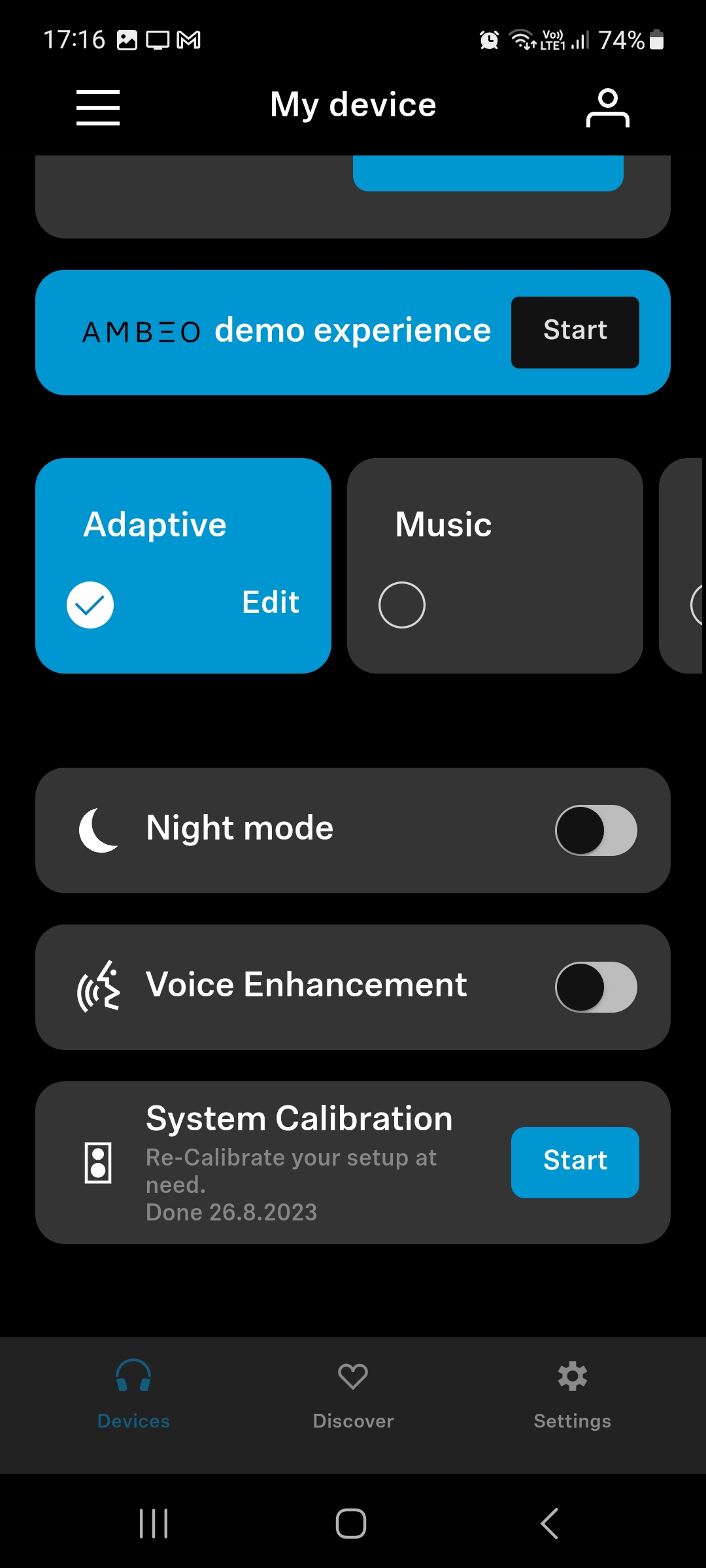
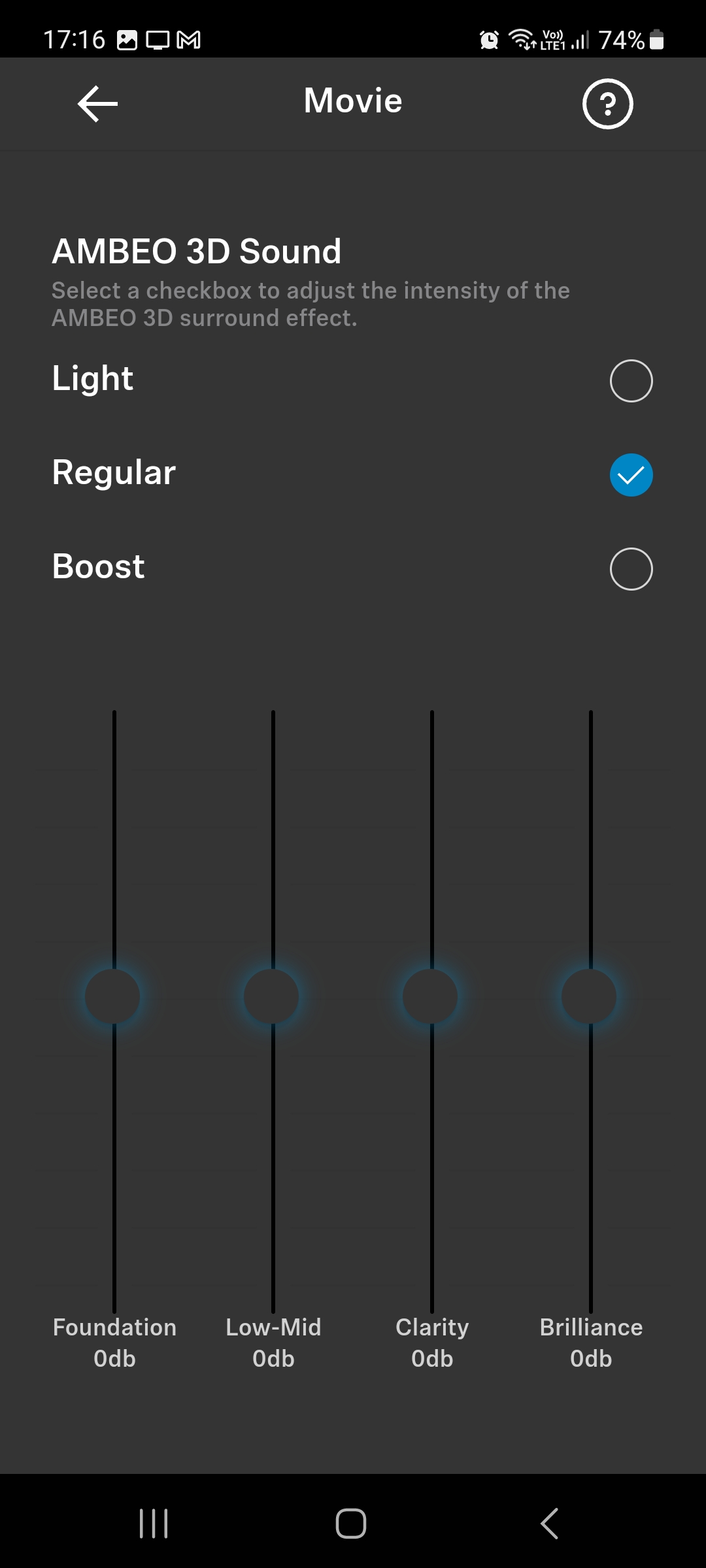
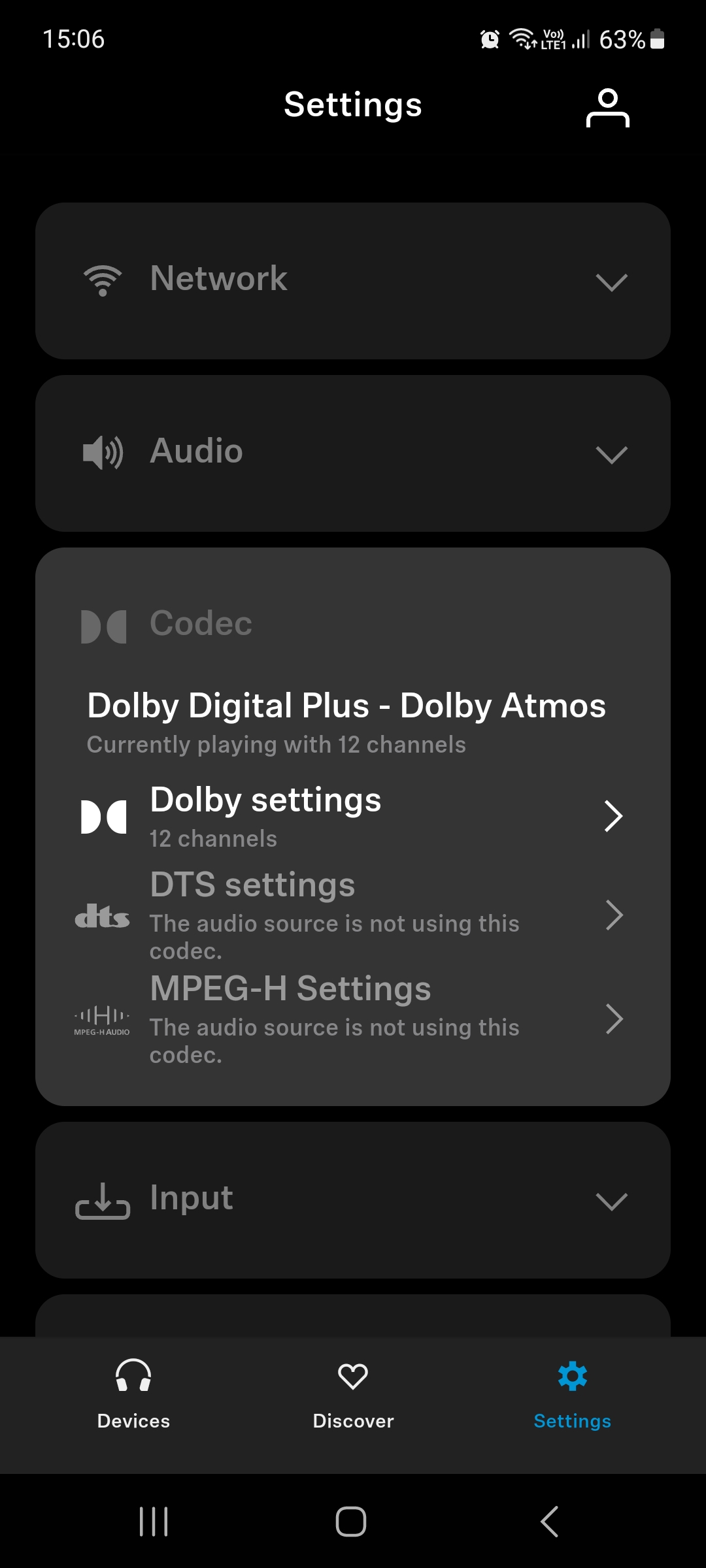
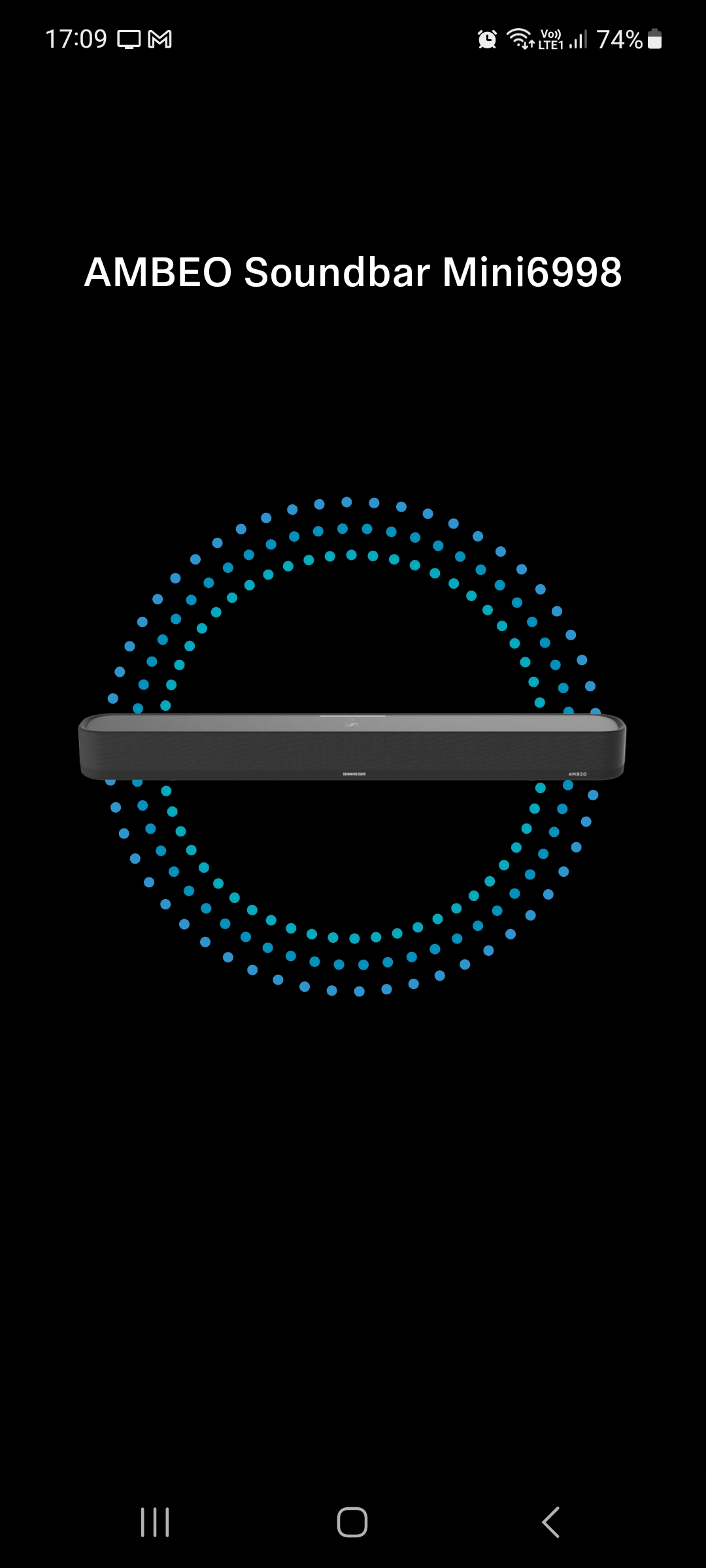
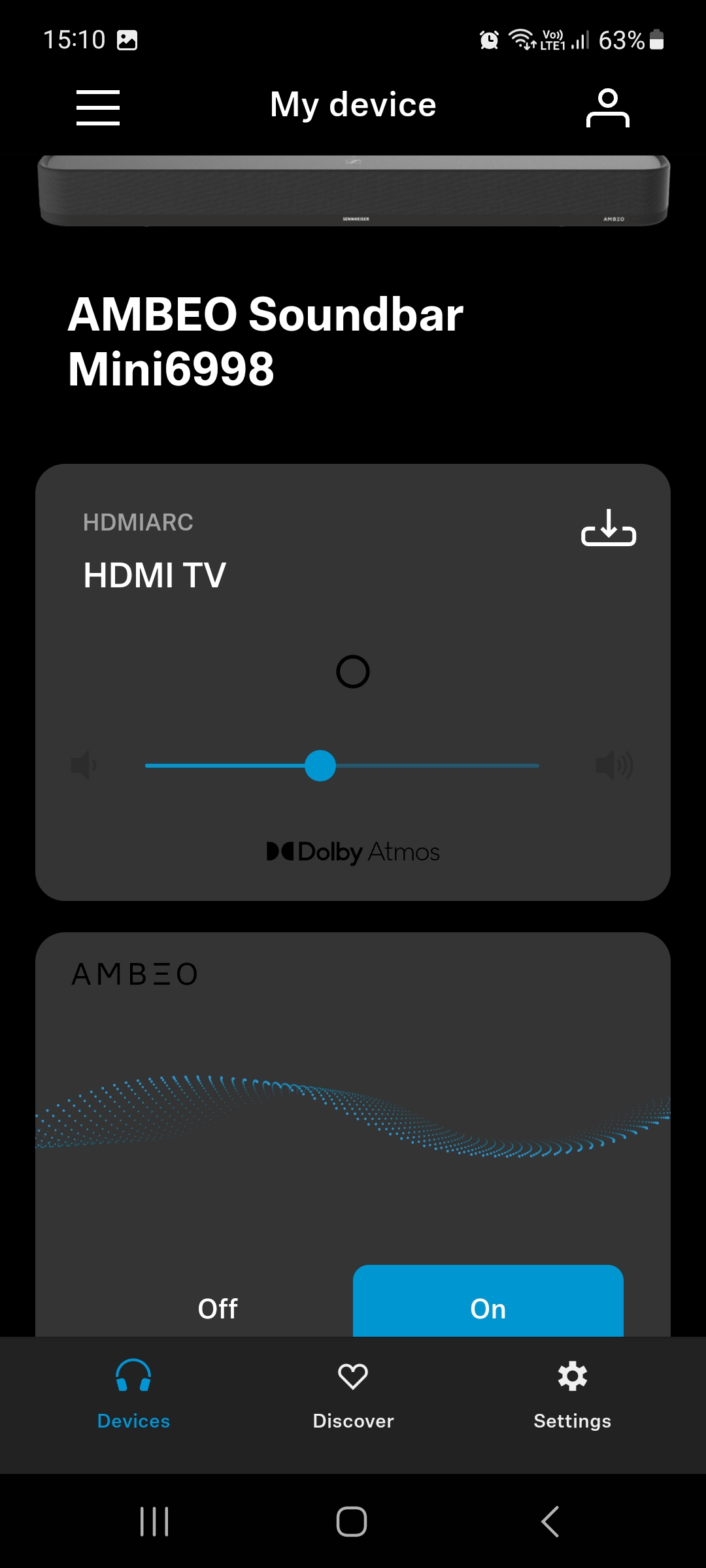
I had first connected the Ambeo Soundbar Mini to my eight-year-old Samsung TV, which had an ARC (audio return channel) port but not the newer eARC port needed to send full-resolution audio signals (including Dolby Atmos and other formats) to a soundbar.
In the end, I could only manage an old DTS Neo:X mode set up with the soundbar. But at least, it got the 12 channels up (instead of stereo) and the surround effects were already pretty awesome. Missing were perhaps the overhead effects that Dolby Atmos offers natively.
I then carried the soundbar to my bedroom and connected to a newer, four-year-old Samsung TV, which supports eARC and Dolby Atmos. Here, the soundbar excelled even more, because of the support for the latest audio codecs.
So, if you have a relatively modern TV, you should be able to connect up the full capabilities of the soundbar. Even if you have a rather old TV – like mine – you should enjoy most of the surround and immersive effects.
The Ambeo Soundbar Mini isn’t out on sale in Singapore at the time of writing but in the United States, it is priced at US$799.99 (S$1,082). That’s not cheap, to be sure, but the new Sennheiser mini is probably the best compact soundbar out there now.
Perhaps that’s why Sennheiser is pricing its soundbar higher than competitors like the S$899 Sonos Beam (Gen 2), which was my default recommendation to friends looking for a compact soundbar.
Now, I’d say give both the Sonos and Sennheiser a listen. At least comparing from memory, I suspect the Sennheiser soundbar has better sound virtualisation to get your mind thinking you are hearing from multiple speakers around you.
Unsurprisingly, the Ambeo Soundbar Mini carries over its larger siblings’ immersive sound quality that is truly top notch. If its app interface can be improved, it will earn an unreserved recommendation.






